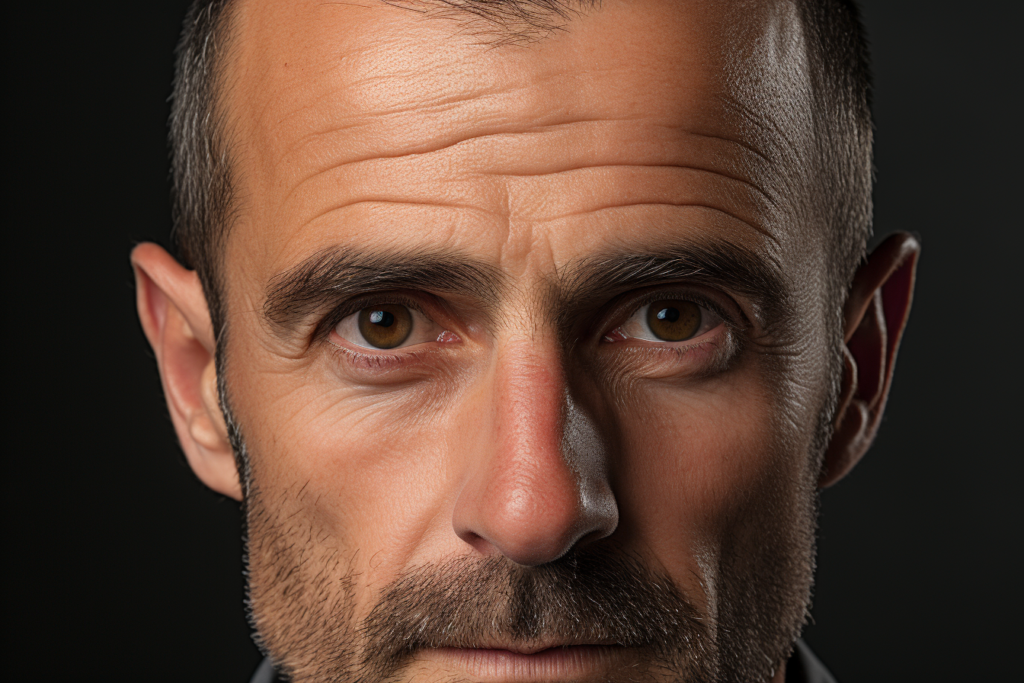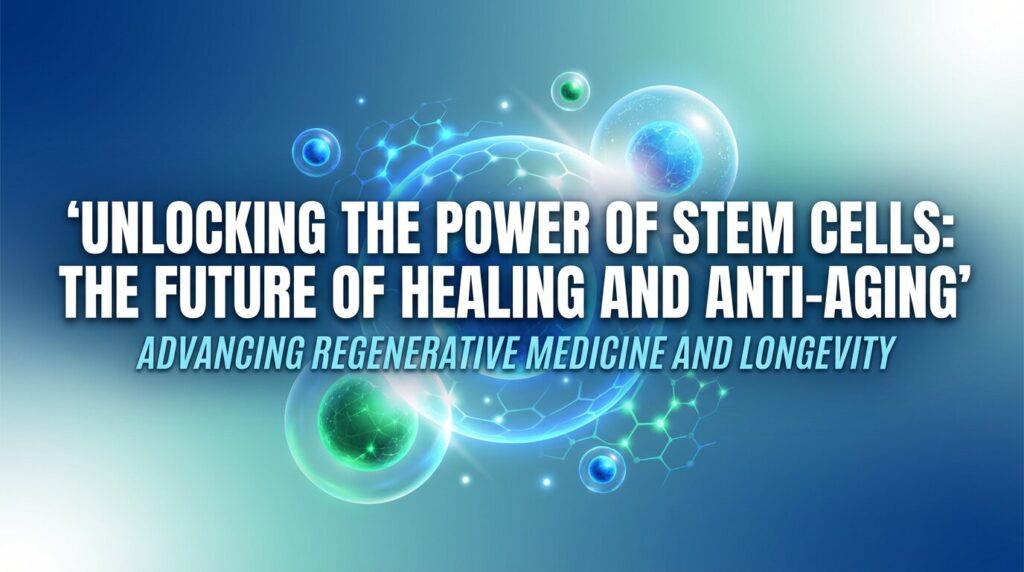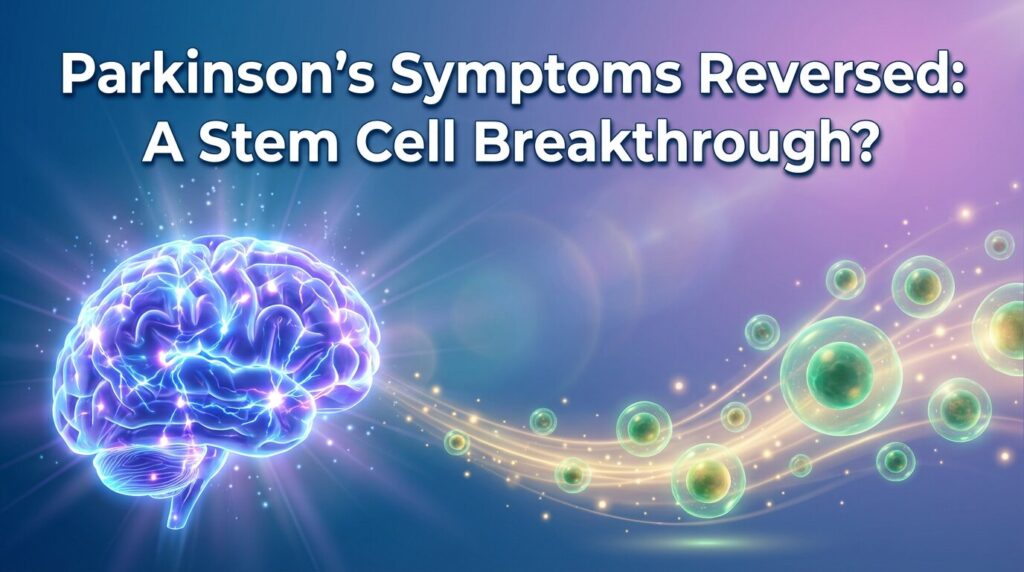Welcome to our deep dive into the world of stem cells and their potential role in tackling hair loss. We’re sure you’ve heard the term “stem cell” tossed around in conversations, news articles, and perhaps even in your doctor’s office. But what exactly are stem cells, and how can they help with hair loss?
Imagine stem cells as the all-stars of the cell world. They’re the chameleons of the cell type universe, with the unique ability to transform into any other type of cell in the body. From blood cells to skin and hair cells, stem cells can do it all. It’s like having a Swiss Army knife in the world of biology.
Now, let’s talk about hair loss. It’s a common issue that affects millions of people worldwide, causing not just physical changes, but also emotional distress. Hair loss can feel like losing a part of your identity. But what if we told you that there’s a promising new hair loss treatment on the horizon?
Enter the world of hair follicle stem cells. These are a specific type of stem cell found in your hair follicles, the tiny structures in your skin that produce hair. Think of them as the greenhouses where your new hair growth happens.
The exciting news is that these hair follicle stem cells might just hold the key to unlocking new treatments for hair loss. It’s like finding a hidden door in a house you’ve lived in for years.
In this article, we’ll explore the potential of stem cell therapy for hair loss, delve into the science behind it, and discuss what this could mean for those of us dealing with baldness or thinning hair. So, if you’re curious to know about stem cell treatment for hair loss, stick around. We’re just getting started!
Understanding Hair Loss

Before we dive into the science of stem cells and their potential role in hair loss treatment, let’s take a moment to understand hair loss itself.
You see, hair growth isn’t just a one-and-done deal. It’s a cycle, much like the seasons. There’s a time for growth (spring), a time for rest (winter), and times in between. But sometimes, this cycle gets disrupted, leading to hair loss.
Imagine you’re a farmer, and your crops (in this case, your hair) stop growing. You’d want to know why, right? The same goes for hair loss. There are many causes of hair loss, from genetics (thanks, Mom and Dad!) to hormonal changes, stress, and certain medical conditions. It’s like having pests in your farm that prevent your crops from growing.
Hair loss doesn’t just affect your appearance; it can also take a toll on your emotional well-being. It’s like looking in the mirror and not recognizing the person staring back at you. That’s why finding effective treatments for hair loss is so important.
Now, let’s talk about the current treatments available. You’ve probably heard of hair transplants, where hair is moved from one part of your scalp to another, much like relocating trees in a garden. There are also drugs for hair loss that can help slow down the process. But these treatments don’t work for everyone, and they often come with side effects.
That’s where the potential of stem cell treatment for hair comes in. Imagine being able to use your body’s own cells to promote hair growth and combat hair loss. It’s like using the seeds already in your garden to grow new plants.
In the next section, we’ll dive deeper into the world of stem cells and how they could be a game-changer in the fight against hair loss. So, stay tuned!
Stem Cells: A Primer
Now that we’ve covered the basics of hair loss, let’s turn our attention to the star of the show: stem cells.
Think of stem cells as the superheroes of the cell world. They possess a unique power that other cells don’t have: the ability to transform into any other cell type in the body. It’s like they have a magic cloak that allows them to become whatever the body needs, whether it’s blood cells, skin cells, or even hair cells.
There are different types of stem cells, each with their own superpowers. For instance, induced pluripotent stem cells can be reprogrammed to act like other cell types, while adult stem cells are more specialized and can only turn into certain types of cells. It’s like having a team of superheroes, each with their own unique abilities.
But the stem cells we’re most interested in for treating hair loss are hair follicle stem cells. These are the stem cells that reside in your hair follicles, the tiny structures in your skin that produce hair. Imagine them as the architects and builders that construct your new hair.
In the next section, we’ll delve deeper into the science behind these hair follicle stem cells and how they could potentially be used to combat hair loss. So, if you’re excited to learn more about stem cell treatment for hair, don’t go anywhere!
Hair Follicle Stem Cells: The Science
Now that we’ve introduced the superheroes of our story, the stem cells, let’s zoom in on a specific type: hair follicle stem cells. These are the stem cells that live in each of your hair follicles, the tiny factories in your skin where hair is produced.
Think of hair follicle stem cells as the foremen of these factories. They’re in charge of creating new cells that will eventually become the hair you see on your scalp. It’s like they’re baking a cake, and the end product is your hair.
But here’s where things get really interesting. Recent scientific findings suggest that these hair follicle stem cells could play a crucial role in treating hair loss. It’s like discovering that the cake you’ve been baking has the potential to become a whole bakery!
Research has shown that these stem cells can be activated to create new hair follicles, leading to new hair growth. Imagine being able to turn on a switch that starts the production of new hair. That’s the potential power of stem cell treatment for hair.
But it’s not just about growing new hair. These stem cells could also help in hair follicle regeneration, which means they could potentially revive dormant hair follicles and kickstart them into producing hair again. It’s like waking up a sleeping giant.
In the next section, we’ll explore how this connection between hair follicle stem cells and hair loss could potentially be harnessed to create new treatments for hair loss. So, if you’re keen to know more about the future of stem cell hair treatment, stick around!
Hair Follicle Stem Cells and Hair Loss: The Connection
Now that we’ve explored the science behind hair follicle stem cells, let’s delve into how they could potentially be used to combat hair loss.
Imagine you’re a gardener, and you’ve discovered a special type of seed (our hair follicle stem cells) that could potentially regrow plants in areas where they’ve stopped growing (areas of hair loss). That’s the exciting potential of stem cell treatment for hair.
Research has shown that these stem cells can be activated to create new hair follicles, leading to new hair growth. It’s like discovering a hidden treasure chest full of seeds ready to be planted.
But the potential of these stem cells doesn’t stop at just growing new hair. They could also help in hair follicle regeneration, reviving dormant hair follicles and kickstarting them into producing hair again. It’s like finding a way to bring a withered plant back to life.
Real-world examples and case studies have started to emerge, showing the potential of these stem cells in treating hair loss. It’s like seeing the first sprouts of a seed you’ve planted, a sign of the potential bounty to come.
In the next section, we’ll discuss the current and future treatments for hair loss, and how stem cell therapy fits into this landscape. So, if you’re excited to learn more about the future of stem cell hair treatment, don’t go anywhere!
Current and Future Treatments
When it comes to treatments for hair loss, there are several options currently available. You might be familiar with some of them, like hair transplants and drugs designed to slow down hair loss.
Think of a hair transplant as a relocation project. It’s like moving trees from a dense forest (areas of your scalp with more hair) to a barren field (areas with less hair). But while this can be effective, it’s not a perfect solution. After all, you’re not creating new trees, just moving the existing ones around.
Then there are drugs for hair loss, which work by slowing down the process of hair loss. It’s like putting a band-aid on a leak; it can help for a while, but it doesn’t address the root cause of the problem.
That’s where stem cell treatment for hair comes in. The idea is to use your body’s own stem cells to promote new hair growth and combat hair loss. It’s like using the seeds already in your garden to grow new plants.
Compared to current treatments, stem cell therapy could offer a more sustainable and effective solution. It’s like comparing a temporary fix to a long-term solution.
The future prospects of stem cell hair treatment are exciting. Imagine a world where baldness and thinning hair are things of the past, all thanks to the power of stem cells. It’s like envisioning a garden in full bloom, with no barren patches in sight.
In the next section, we’ll discuss the potential risks and considerations of stem cell treatments. So, if you’re keen to learn more about the future of stem cell hair treatment, stick around!
Considerations and Risks
As promising as stem cell treatment for hair sounds, it’s important to remember that every garden has its pests. In other words, there are potential risks and side effects to consider.
Just like any medical procedure, stem cell therapy comes with its own set of risks. It’s like going on a hike; it can be a great adventure, but there might be bumps along the way. These risks can range from infection at the injection site to more serious complications.
There are also ethical considerations in stem cell research and treatment. It’s like debating whether it’s right to cut down a tree to make room for a new one. These ethical considerations revolve around the source of stem cells and the methods used to obtain them.
And let’s not forget about the cost of stem cell treatment. As of now, it’s like a luxury item in the world of hair loss treatments, not easily accessible to everyone.
But despite these challenges, the potential benefits of stem cell treatment for hair loss are hard to ignore. It’s like seeing a beautiful garden beyond a thorny path; the journey might be tough, but the destination seems worth it.
In the next section, we’ll wrap up our discussion on stem cells and hair loss. So, if you’re keen to learn more about the future of stem cell hair treatment, don’t go anywhere!
FAQ
Q: What are hair follicle stem cells?
A: Hair follicle stem cells are a type of stem cell that are found in the hair follicles of the scalp. These cells are responsible for the growth and regeneration of hair.
Q: Can stem cell therapy help with hair loss?
A: Yes, stem cell therapy has shown promising results in the treatment of hair loss. By using stem cells to stimulate hair follicle growth and regeneration, it is possible to restore hair in individuals with hair loss.
Q: How does a stem cell hair transplant work?
A: In a stem cell hair transplant, stem cells are taken from the patient’s own body (usually from the bone marrow or adipose tissue) and then injected into the scalp. These stem cells help to activate hair follicle stem cells and promote hair growth.
Q: What are the benefits of stem cell treatment for hair?
A: Stem cell treatment for hair offers several benefits, including the potential for natural-looking hair regrowth, the use of the patient’s own cells, and minimal side effects compared to other hair restoration methods.
Q: Can stem cells regenerate hair?
A: Yes, stem cells have the ability to regenerate hair by activating dormant hair follicle stem cells and stimulating hair growth. This can result in the regrowth of lost or thinning hair.
Q: How long does it take to see results from stem cell hair treatment?
A: The timeline for results from stem cell hair treatment can vary depending on the individual and the severity of their hair loss. Some individuals may start to see improvements in hair growth within a few months, while others may take longer.
Q: Are there any side effects of stem cell hair treatment?
A: Side effects of stem cell hair treatment are generally minimal. Some individuals may experience temporary redness or swelling at the injection site, but these usually resolve quickly.
Q: How do stem cells help in hair regrowth?
A: Stem cells help in hair regrowth by promoting cell proliferation and activating hair follicle stem cells. These actions stimulate the growth of new hair follicles and promote the regeneration of existing hair.
Q: Can stem cell therapy be used for other types of hair loss?
A: Yes, stem cell therapy has the potential to be used for other types of hair loss, such as alopecia and hair loss due to medical conditions. Research is still ongoing to explore the full potential of stem cells in hair restoration.
Q: Is it possible to restore hair using stem cells?
A: Yes, it is possible to restore hair using stem cells. Stem cells have the ability to activate dormant hair follicle stem cells and promote hair growth, resulting in the restoration of lost or thinning hair.
Conclusion
We’ve taken quite a journey through the world of stem cells and their potential role in treating hair loss. From understanding the basics of hair loss to exploring the science behind hair follicle stem cells, we’ve covered a lot of ground.
The potential of stem cell treatment for hair is exciting. It’s like standing on the edge of a new frontier, ready to explore the unknown. The possibility of using our body’s own cells to combat hair loss and promote new hair growth is a game-changer.
But as with any new treatment, there are considerations and risks to keep in mind. It’s like embarking on a new adventure; you need to be prepared for the challenges that might come your way.
Despite these challenges, we believe that the potential benefits of stem cell hair treatment are worth exploring. After all, every garden starts with a single seed, and every journey begins with a single step.
For those dealing with hair loss, we encourage you to keep an open mind and stay informed about the latest developments in stem cell research. Remember, it’s not just about regaining lost hair; it’s about regaining a part of your identity.
So, here’s to the future of hair loss treatment and the promising potential of stem cells. The journey is just beginning, and we can’t wait to see where it leads.



